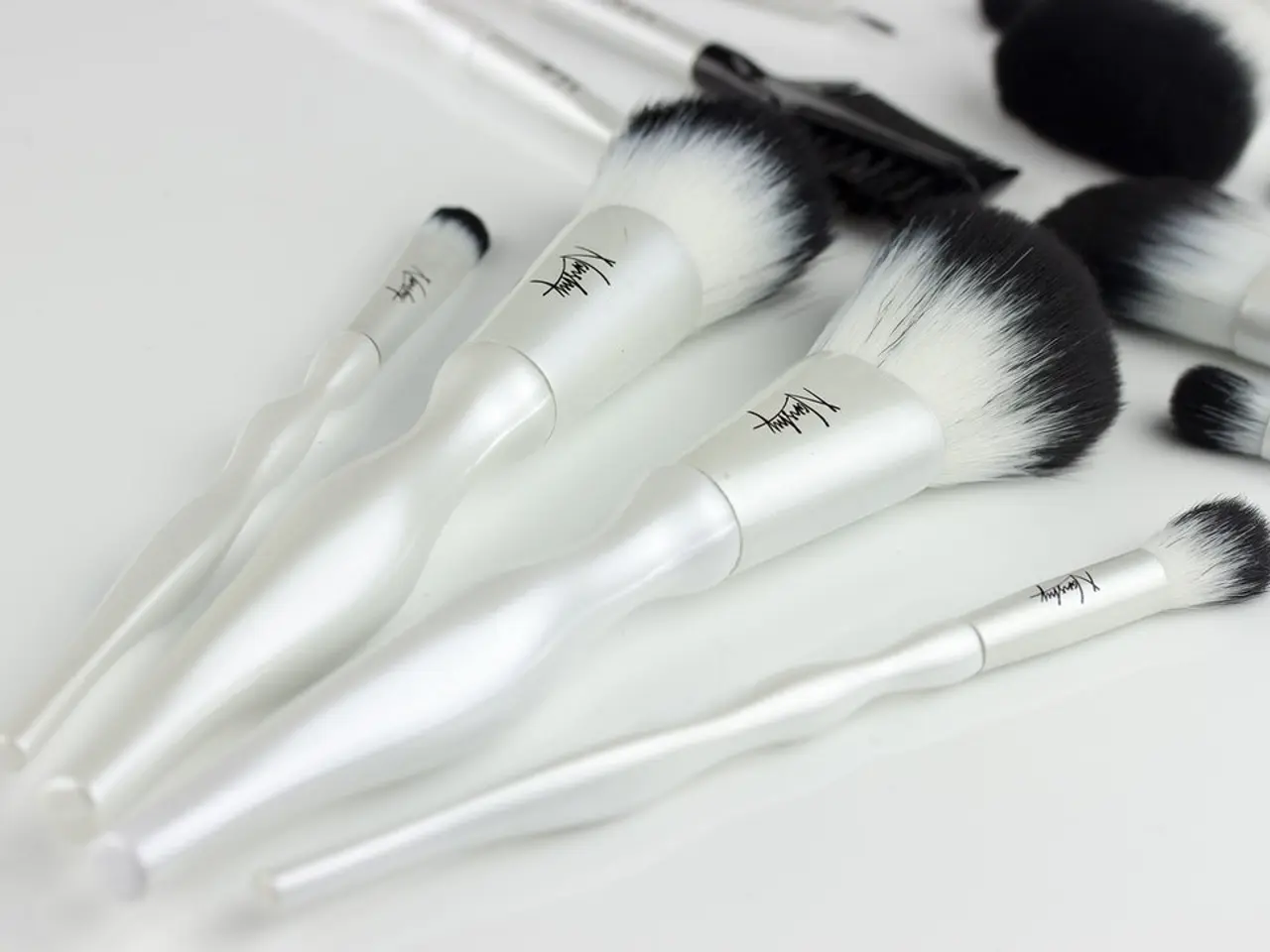Researchers Discover Potential Fountain of Youth Minus Cancer Implications
Study Reveals Potential Longevity Gene from Naked Mole Rats
A groundbreaking study conducted at the University of Rochester and Wilmot Cancer Institute has unveiled a promising gene that could potentially extend the lifespan of mammals and enhance cancer resistance. The study, led by Vera Gorbunova, Ph.D., and Andrei Seluanov, Ph.D., focused on the gene responsible for producing high molecular weight hyaluronic acid (HMW-HA) in naked mole rats.
Naked mole rats, a unique rodent species known for their resistance to age-related illnesses like cancer and heart disease, have about 10 times the amount of HMW-HA in their bodies compared to humans and mice. This high concentration of HMW-HA contributes to their remarkable longevity and cancer resistance traits.
When the Has2 gene from naked mole rats, which synthesizes HMW-HA, is expressed in mice, it results in enhanced healthspan, mimicking some of the naked mole rat’s longevity and cancer resistance traits. This gene transfer leads to increased HMW-HA production, resulting in anti-inflammatory effects, improved healthspan, and enhanced cancer resistance.
Transgenic mice expressing the naked mole rat Has2 gene show improved health parameters, indicating that the gene’s function is conserved and can positively affect other mammals by reducing inflammation and possibly improving DNA repair and cellular senescence mechanisms linked to longevity. However, the full spectrum of possible effects and long-term safety in other species remains under study.
The study's findings suggest that the positive effects of HMW-HA can be reproduced in other animals. Gorbunova, who leads the Rochester Aging Research Center at the UR Medical Center and is a member of Wilmot's Genetics, Epigenetics and Metabolism (GEM) research program, emphasizes that the next goal is to transfer the benefits of the longevity gene to humans.
For more details about the study, readers can refer to the journal Nature. The University of Rochester has also released a full press release about the study, which is available online.
This research offers a promising step towards understanding the secrets of naked mole rats' longevity and potentially extending the lifespan and improving the health of other mammals, including humans.
This research offers a promising step towards understanding the secrets of naked mole rats' longevity and cancer resistance, which could potentially improve health-and-wellness for other mammals, including humans. The study's findings suggest that the positive effects of a gene related to high molecular weight hyaluronic acid (HMW-HA), a medical-condition known to be abundant in naked mole rats, can be reproduced in other animals, including mice, indicating its potential application in addressing similar medical-conditions like cancer.




